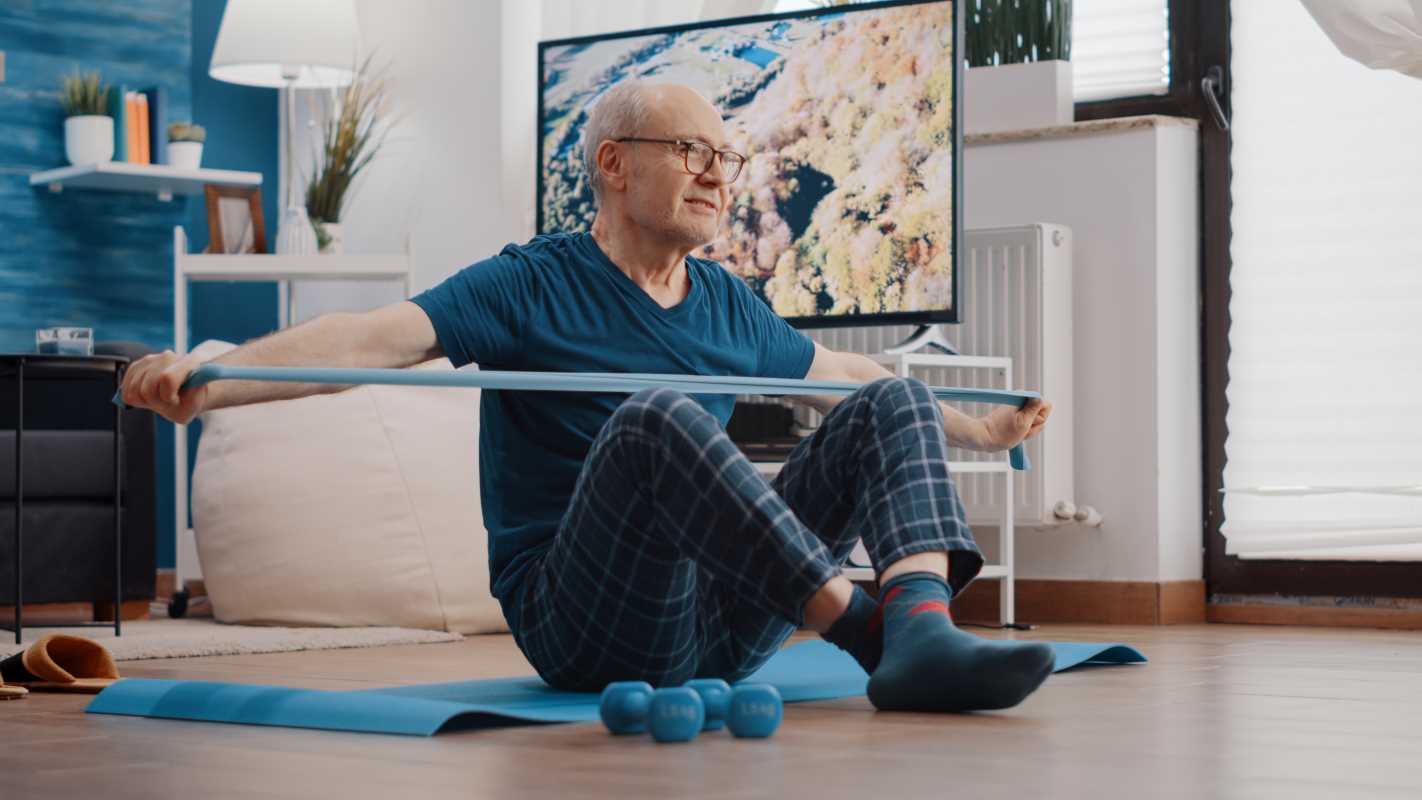Managing stress is crucial for maintaining mental and physical well-being in today's fast-paced world. Chronic stress can lead to burnout, anxiety, and health problems, making it important to find effective ways to cope. Meditation provides a simple yet powerful solution, calming the mind, focusing, and restoring balance. Incorporating meditation into your daily routine can enhance relaxation, improve emotional resilience, and reduce stress levels. These five effective meditation techniques can help you cultivate mindfulness and create a sense of inner peace, no matter how busy your day is.
1. Counting Breath
Focusing on your breath is a foundational meditation practice.
How to Practice:
- Sit comfortably in a quiet space.
- Close your eyes and take a deep inhale.
- Count “one” as you exhale, then “two” on the next exhale, up to ten.
- Restart the count if your mind wanders.
Benefits:
- Centers your thoughts by anchoring them to your breath.
- Calms the nervous system and reduces mental chatter.
2. Body Scan
This practice connects you with your physical self, helping you release tension.
How to Practice:
- Sit or lie down comfortably.
- Close your eyes and focus on your toes, moving upward through your body.
- Release tension in each area as you breathe.
Benefits:
- Relieves physical stress and promotes relaxation.
- Ideal for unwinding before sleep.
3. Guided Imagery
Visualization creates a mental escape to a serene environment.
How to Practice:
- Close your eyes and imagine a peaceful scene, like a forest or beach.
- Engage your senses—notice sounds, smells, and sensations.
Benefits:
- Encourages tranquility and emotional balance.
- Provides a creative mental retreat from stress.
4. Mantra Meditation
A mantra helps focus the mind through repetition.
How to Practice:
- Choose a calming word or phrase like “peace” or “serenity.”
- Repeat it silently with each breath while seated comfortably.
Benefits:
- Blocks intrusive thoughts and cultivates inner calm.
- Personalizes meditation through meaningful phrases.
5. Mindful Walking
An active alternative to seated meditation.
How to Practice:
- Walk slowly in a quiet space, focusing on each step.
- Observe the sensations in your feet, your breath, and your surroundings.
Benefits:
- Combines mindfulness with light exercise.
- Promotes presence and reduces stress.
Final Tips for Your Practice
Mastering meditation takes time and patience. To ensure long-term success and reap the full benefits, consider these practical tips to build and sustain your meditation practice:
Start Small: 2–5 Minutes Daily
Starting with a brief meditation session makes integrating this new habit into your routine easier. Even a few minutes a day can significantly impact your stress levels and overall well-being.
- Why It Works: Short sessions are less intimidating, making you more likely to stick with the practice. Over time, you can increase the duration as you become more comfortable.
- How to Begin: Set aside two to five minutes daily to sit quietly and focus on your breath or a mantra. You can practice right after waking up or during a short break at work.
- Example: Use a timer on your phone to ensure you’re not distracted by checking the clock.
Pro Tip: Consistency is more important than duration. A daily five-minute session is more effective than sporadic longer sessions.
Incorporating these techniques into your day can foster calm, focus, and resilience. Choose one that resonates with you and begin your journey toward inner peace.







